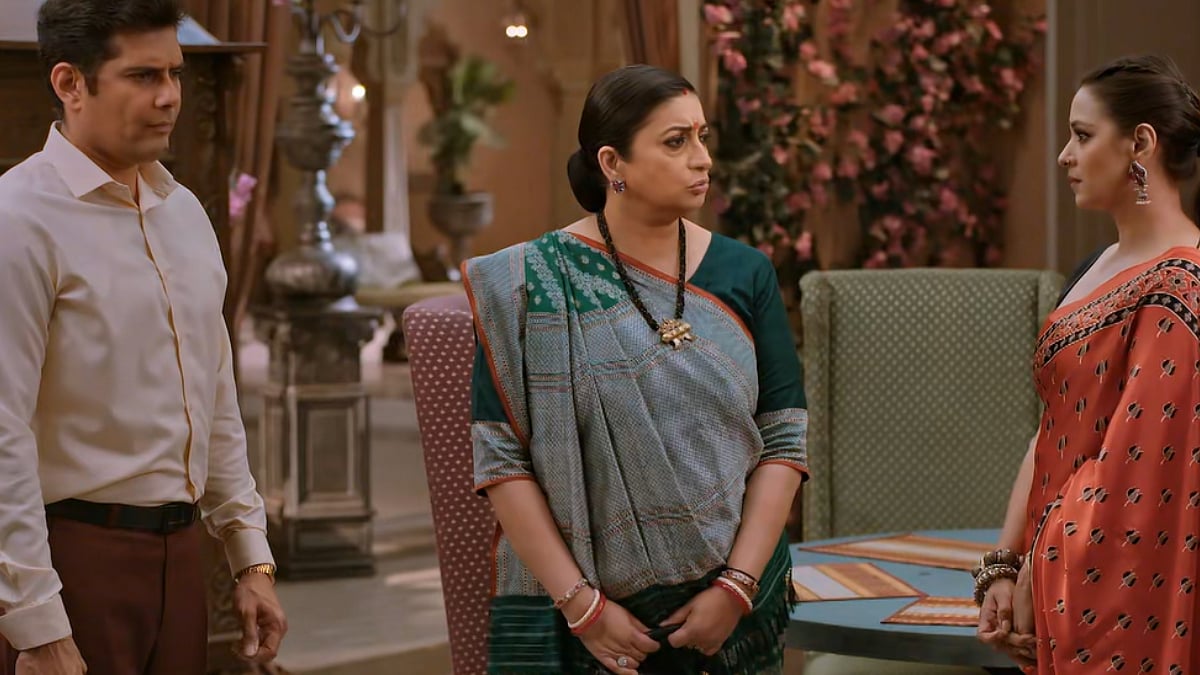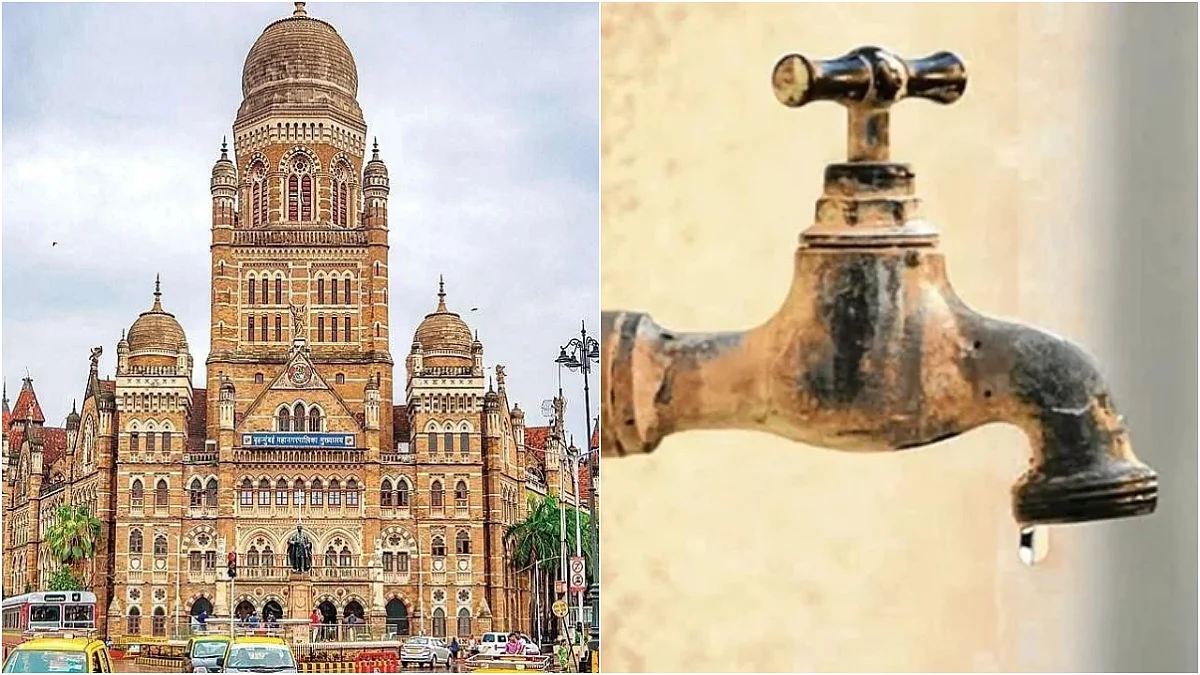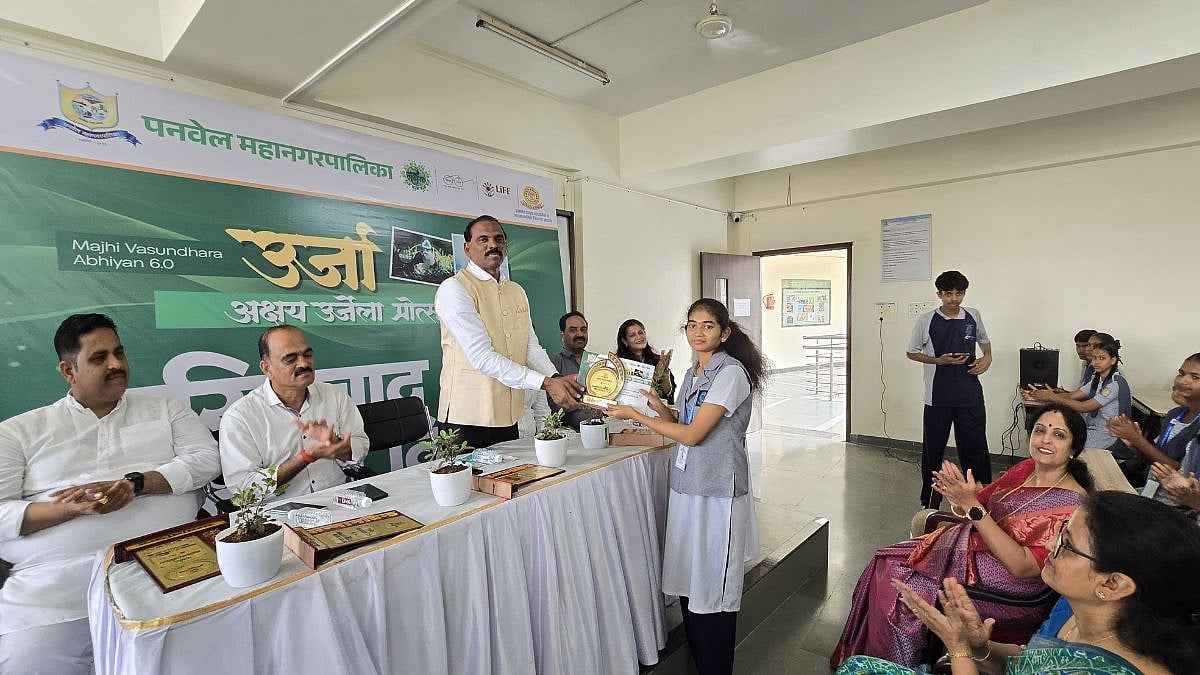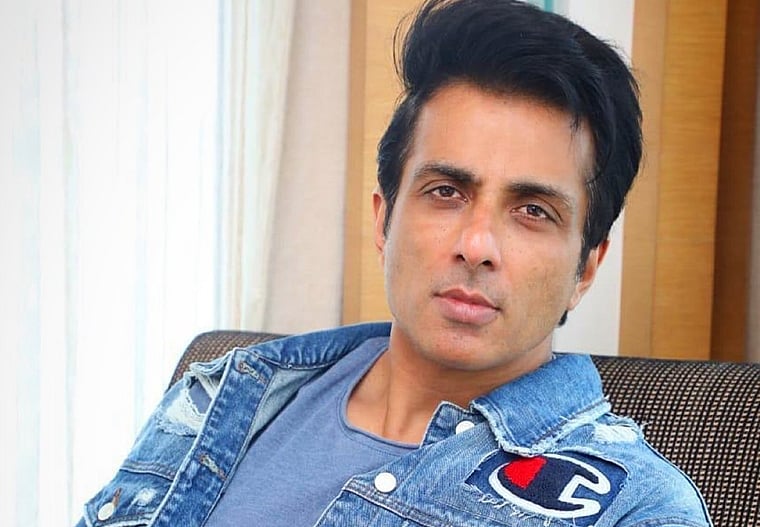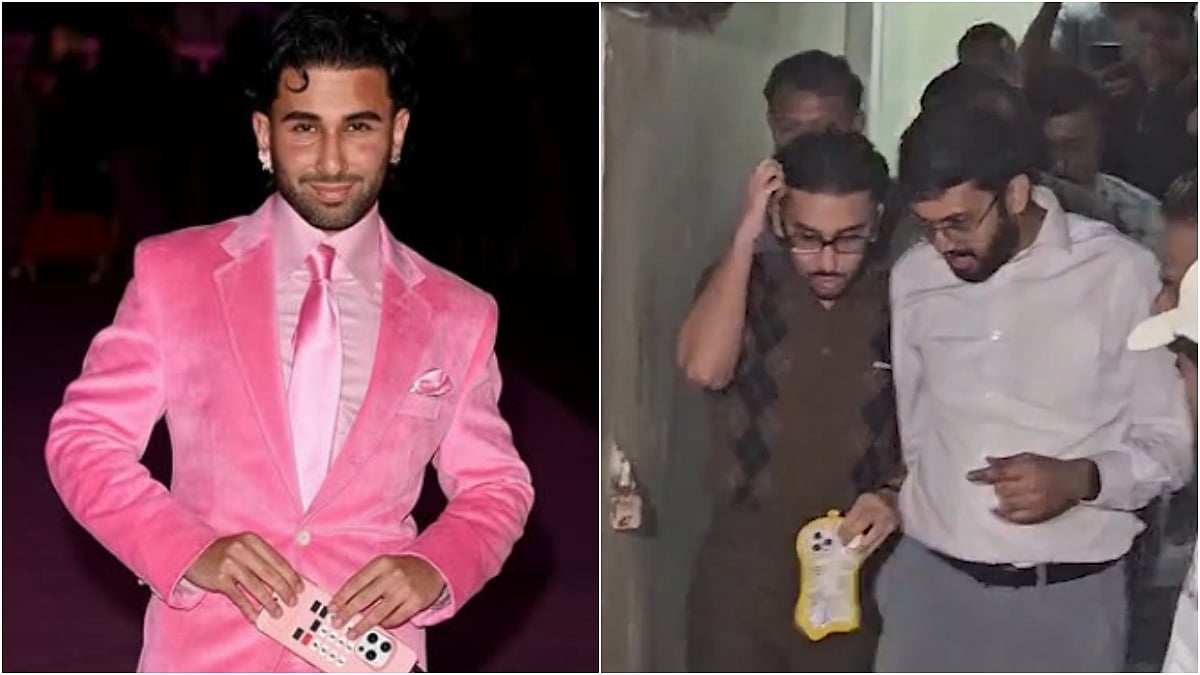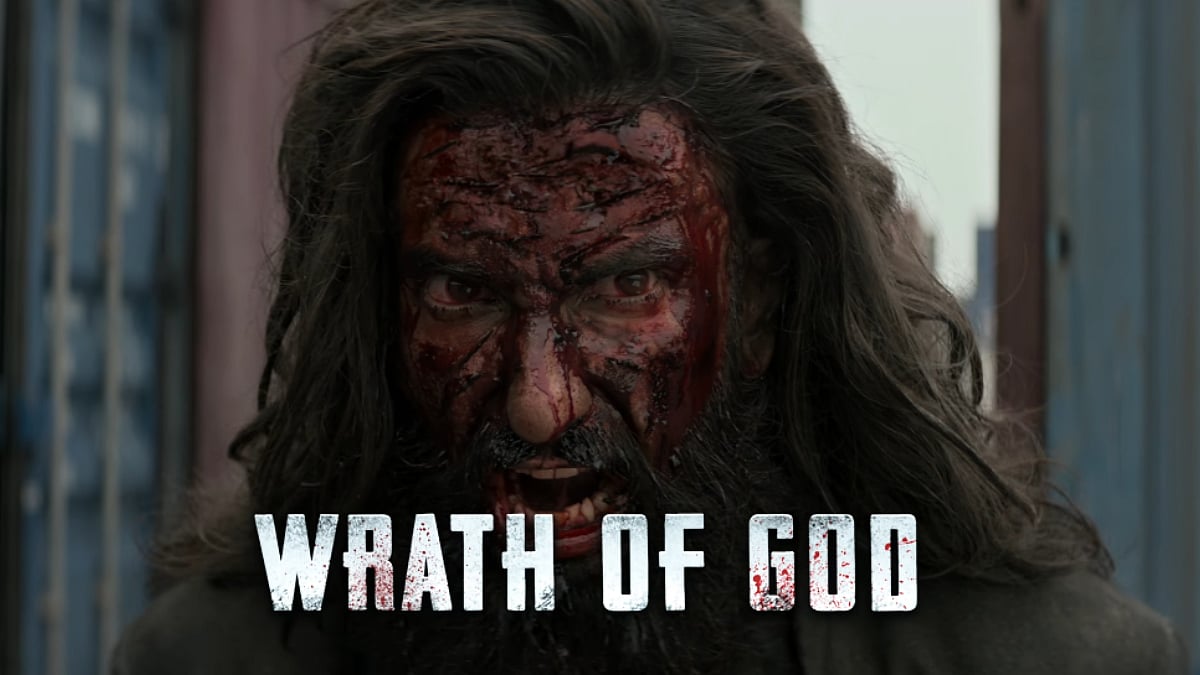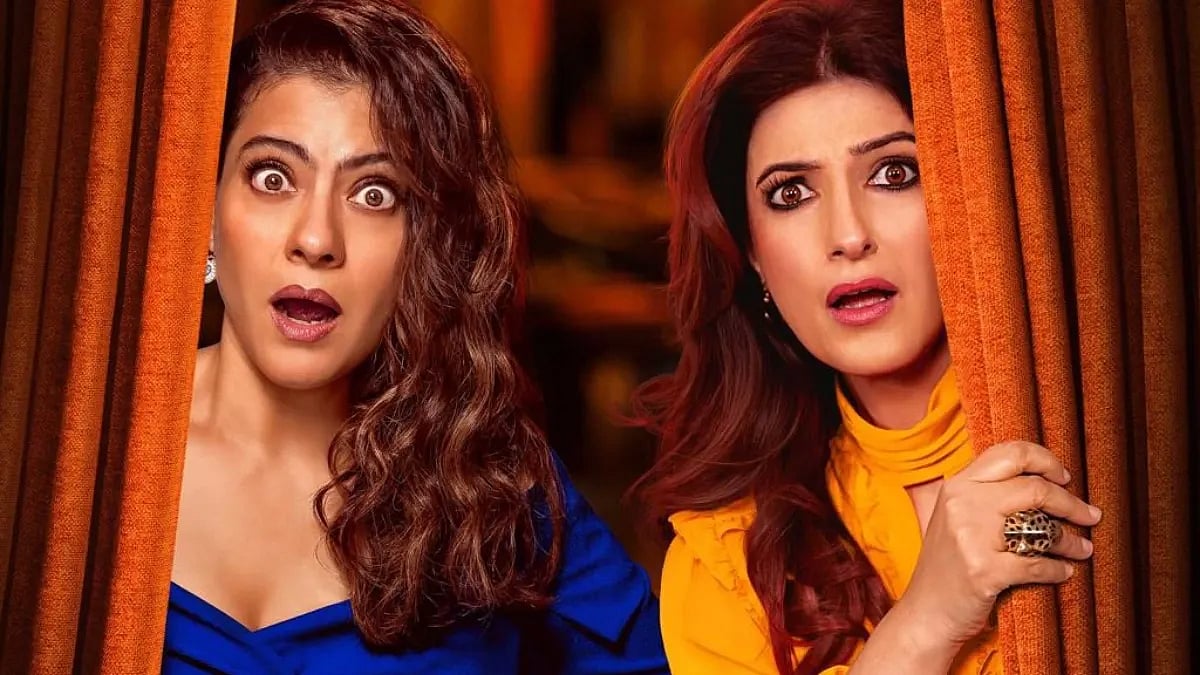Niren Bhatt, the writer of films like Bala and Made in China and the hugely popular show, Tarak Mehta Ka Ooltah Chashmah, and also the Amar Kaushik-directed upcoming horror comedy Bhediya, starring Varun Dhawan and Kriti Sanon, is presently in news for his two shorts in the Netflix anthology, Ray — Abhishek Chaubey’s Hungama Hai Kyon Barpa and Vasan Bala’s Spotlight — both adaptations of short stories written by Satyajit Ray. While Hungama... is based on Barin Bhowmick’s Ailment, Spotlight retains its original title. Chaubey’s segment stars Manoj Bajpayee as Musafir Ali, a ghazal singer modelled on the legendary Ghulam Ali and Gajraj Rao as Aslam, a former wrestler. In Bala’s portion, Harsh Varrdhan Kapoor essays the role of a film star with Radhika Madan playing a godwoman called Didi. But the writer is getting mixed reviews. In Hungama… he plants Ray story into an entirely different world while keeping its soul intact, many are of the opinion that Spotlight is almost unrecognisable in its screen version. We sat down with the writer and played the Devil’s advocate. Excerpts from what transpired:
When did you first read Satyajit Ray’s stories and what were your initial reactions to those?
I had read Gujarati translations of Ray’s stories in my childhood. When I grew up, I re-read them in English and found them fascinating each time.
How relevant do you think his writings are and what makes them relatable beyond the Bengali milieu?
I think Ray’s works, stories, films, novels, and art as a whole will remain relevant for a long time. What makes them relevant and relatable, and in fact, timeless is the human conflicts at the core of it.
As a writer, what were the joys of adapting these stories of Ray?
I haven’t done literal adaptation of his stories. These are cinematic adaptations, and cinema is a completely different art form. Telling a story in a visual format and adapting it as a screenplay is a different ball game. Since it’s entirely a different medium, you need to capture the root conflict and the soul of the story, and make it your own. And then create a world through visual language and try to enhance the effect of the original story’s conflict. For me, both the stories I adapted — Hungama Hai Kyon Barpa and Spotlight — I got an opportunity to explore the underlying humour of the story. That was the biggest joy of writing them.
Each story had its own challenges like Hungama Hai Kyon Barpa is adapted from Barin Bhowmick’s Ailment, where most part of the story is in the protagonist’s mind — the challenge was to weave it in a conversational form. Also, another challenge was to create a new world for the story, where I had a ball creating Urdu-speaking gentlemen, and infused lots of humour, literature, poetry, and culture in the story. Spotlight was conceived in an entire city, but we had to completely remodel it to a hotel because of the Covid restrictions.
This is not your first time adapting a story. You had earlier written the Gujarati adaptation of Ventilator, the National Award-winning Marathi film. How different is it to adapt from screen-to-screen as compared to adapting books to movies where you are not only adapting the text but also writing it for a different medium?
Screen-to-screen adaptations are fairly easy, considering the good parts are already there — the plot, the core of the story — conflict. You just need to mould it into another culture and language; your characters will change accordingly. Adapting from a novel or a short story or a play is different and difficult because you need to write it for the screen from the scratch, it’s a more difficult thing to do.
In Hungama..., you have beautifully planted the original story into a very different world. Tell us something about the poetry and the world you have created.
Hungama Hai Kyon Barpa is my love letter to Urdu literature, poetry, ghazals, and culture. The day I and Abhishek Chaubey (the director of the segment) decided that we will set the story in this world, I was quite excited. I have been a lifelong fan of Urdu literature, and here for the first time in my career as a screenwriter, I was getting an opportunity to write the entire film in Hindustani (Urdu mixed with Hindi). I had great fun writing it, you will see frequent references and hat tips to Ghalib, Faraz, Faiz, Akbar Alahbadi, and other greats. The writing style and humour are tributes to Urdu humorists like Patras Bokhari and Ibn-e-Insha.
Spotlight, the story was essentially about a person pretending to be someone who is much older; it was a funny story about how this person manages to fool people and how he was exposed. It was not really about movies and religion or how these two can brainwash people. How did you come up with that angle?
The beauty of literature is that interpretations can be very subjective. Spotlight the story speaks of a film star who becomes insecure because of a religious figure and cancels the schedule. We picked up that grain and built our story around it.
Many are of the opinion that while Hungama... was the closest to the original, Spotlight is almost unrecognisable. What's your take on that?
How to adapt and how much of the original to retain, in which way is the prerogative of the artiste adapting it. There is no rulebook for that, Ray himself has taken great liberties and improvised a lot in his adaptations. I think their styles are different. I would say we changed the stories according to the demands of the stories themselves. Spotlight as a story demanded to be the way it is. The seeds that the master saw, led us to the adaptations.
How much responsibility does a writer adapting a work have towards the original piece and the original writer, if at all?
It's not a contractual obligation, but a moral responsibility of an individual, there is no yardstick to measure it, it's very subjective.
5 most important things to follow while doing a cinematic adaptation of any literary material
1. Take the crux, the core of the story.
2. Liberate yourself from the pressure of doing justice to the original.
3. Make it your own.
4. Push the boundaries, extend it, see where it goes.
5. Celebrate the original author.

